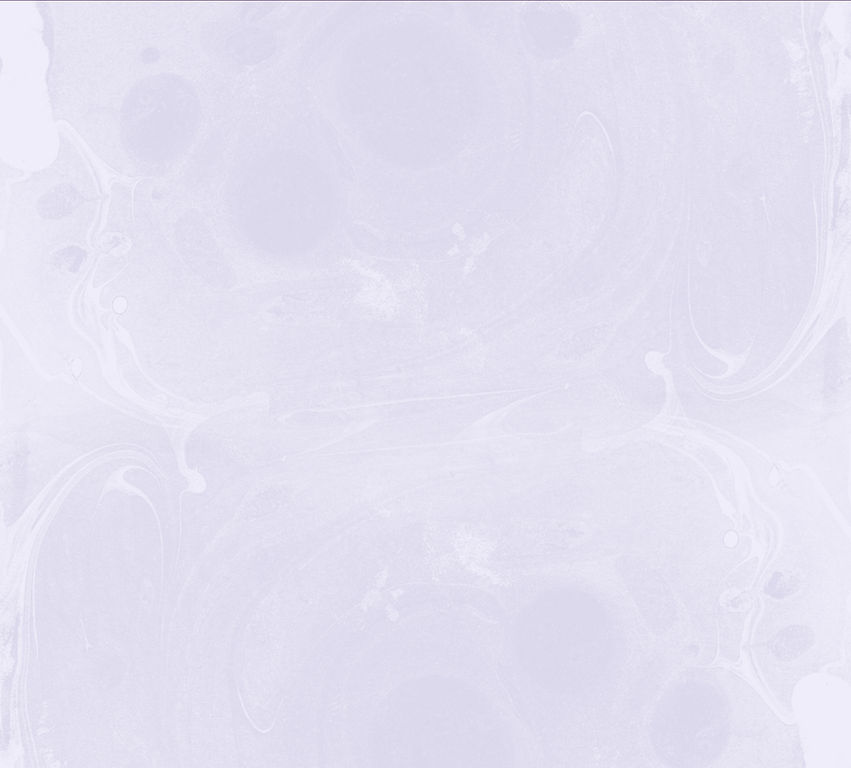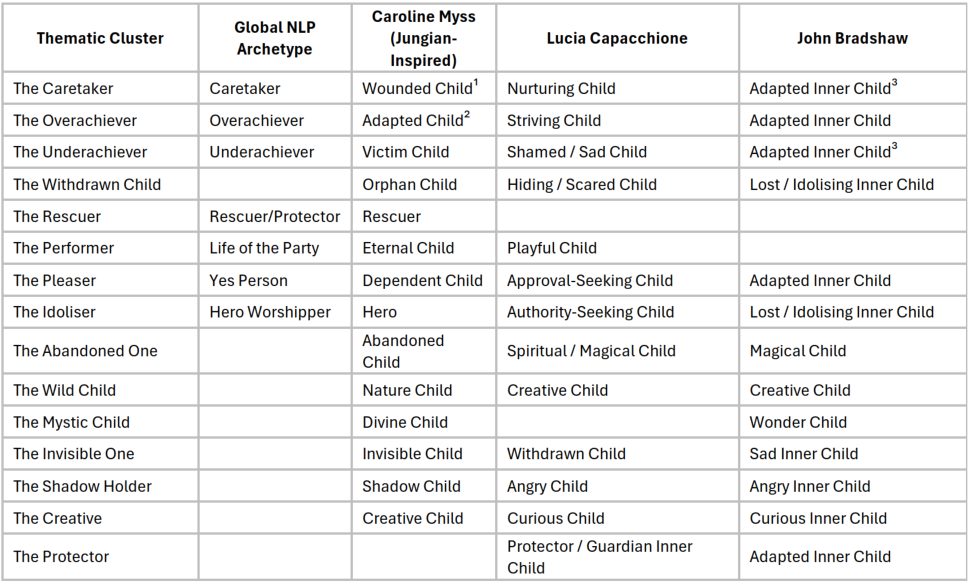Inner Child Archetypes:
A Map for Healing


What Is the Inner Child?
The "inner child" is more than a metaphor. It is the living imprint of your early emotional world: your unmet needs, protective adaptations, suppressed gifts, and core beliefs formed in childhood. Different traditions name it differently:
-
Carl Jung called it the Divine Child — a symbol of your innate wholeness and potential.
-
John Bradshaw described it as the Wounded Inner Child — carrying the pain of unmet developmental needs.
-
Modern healing frameworks explore archetypes or roles that the inner child adopts to survive emotionally unsafe environments.
These archetypes can be joyful or fearful, nurturing or avoidant, hidden or hyper-visible.
Why the Inner Child Matters
The inner child influences:
-
Your sense of self-worth
-
How you handle conflict, success, failure, and love
-
Patterns of anxiety, people-pleasing, perfectionism, or withdrawal
-
Your ability to experience joy, playfulness, and authenticity
Unconsciously, many of us are still operating from a child's belief system, trying to stay safe, get approval, or avoid abandonment.

Common Inner Child Archetypes
Across multiple frameworks, these archetypes reveal how the inner child coped:
-
Global NLP Archetypes: Caretaker, Overachiever, Underachiever, Rescuer, Life of the Party, Yes Person, Hero Worshipper
-
Caroline Myss/Jungian: Wounded Child, Divine Child, Orphan Child, Eternal Child, Victim Child, Shadow Child, Hero
-
Lucia Capacchione: Nurturing Child, Playful Child, Hiding Child, Creative Child, Angry Child
-
John Bradshaw: Adapted Child, Wounded Inner Child, Wonder Child, Lost/Idolising Child, Magical Child
Each archetype carries both a wound and a gift. [View the comparison grid below with explanations and footnotes]
Archetypes Across Multiple Frameworks
The column “Thematic Cluster” provides a working summary label for each row. These are not new archetypes, but thematic patterns drawn from the shared qualities of each system's expression.

📌 Footnotes for Archetype Labels
¹ Wounded Child (Caroline Myss):
In this context, aligned with the Caretaker, it refers to a child who takes on responsibility for others' emotions to feel safe or loved. This is different from Bradshaw’s use.
² Adapted Child (Caroline Myss):
Used here to reflect a child who performs or conforms to survive emotionally — similar to the Overachiever archetype. This label is not always explicit in Myss's work but reflects her themes of survival roles.
³ Wounded/Adapted Inner Child (John Bradshaw):
Bradshaw’s Wounded Inner Child is often more emotionally shut down or helpless (Underachiever), while his Adapted Inner Child is the one who strives and performs to gain approval (Overachiever, Caretaker).

How These Patterns Affect You
You may be acting from a child part when:
-
You overachieve to feel worthy
-
You fawn or freeze in relationships
-
You say yes to avoid conflict
-
You fear being seen, failing, or shining
These are survival strategies — not flaws. But they can become limiting if they run your adult life.
Why Work with Your Inner Child?
Because healing the child allows the adult to:
-
Reclaim self-trust and sovereignty
-
Heal attachment wounds and shame
-
Restore connection to creativity and joy
-
Shift lifelong emotional patterns from the root
The goal is not to fix the child, but to welcome them home.

How to Identify Your Archetypes
Ask yourself:
-
What roles did I take on to feel loved or safe?
-
What emotional needs were unmet?
-
Do I shut down or become hyper-independent under pressure?
-
Which archetypes from the grid do I most resonate with?
-
Your nervous system will remember what your mind forgot.
How to Work with Your Inner Children
-
Awareness — Notice the pattern. Name the child part behind it.
-
Compassion — Stop blaming yourself for strategies that kept you safe.
-
Reparenting — Offer your inner child the safety, boundaries, and love they didn’t receive.
-
Expression — Let the inner child speak through journaling, art, movement, or voice.
-
Integration — Invite these child parts back into your present-day wholeness.

Journaling Prompts
-
When I was little, I learned I had to __________ in order to be loved.
-
The parts of myself I had to hide or shrink were __________.
-
The inner child I resonate most with is __________.
-
What does this child most long to hear from me now?
You Are Not Broken
-
You are carrying the wisdom and wounds of a child who adapted brilliantly to survive. That child doesn’t need to be exiled, fixed, or silenced. They need to be welcomed home.
-
Healing the inner child is not about going backwards. It’s about creating the conditions now that should have existed then.
-
It is never too late to become the safe, loving presence your younger self needed.

Ready to Begin?
If you're ready to explore, meet, and heal your inner child:
Group healing experiences where your inner children are welcomed, witnessed, and supported.
Your inner children aren't a weakness to overcome.
They're the keeper of your sensitivity,
magic, and truth.

Meet the Inner Children

The Caretaker


The Overachiever


The Underachiever


The Withdrawn Child


The Rescuer


The Performer


The Pleaser


The Idoliser


The Exiled Child


The Wild Child


The Mystic Child


The Invisible One


The Shadow Holder


The Creative


The Protector


